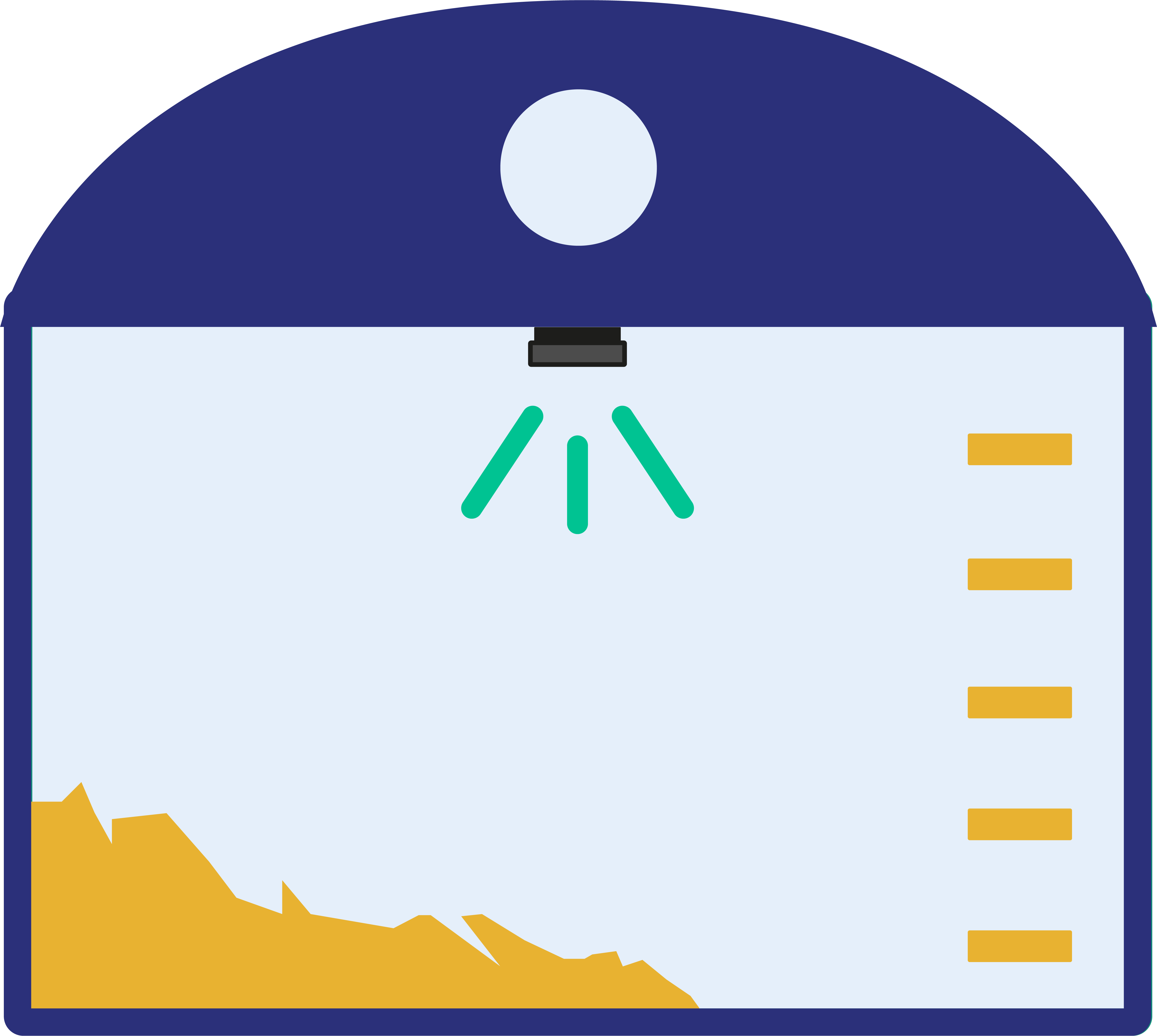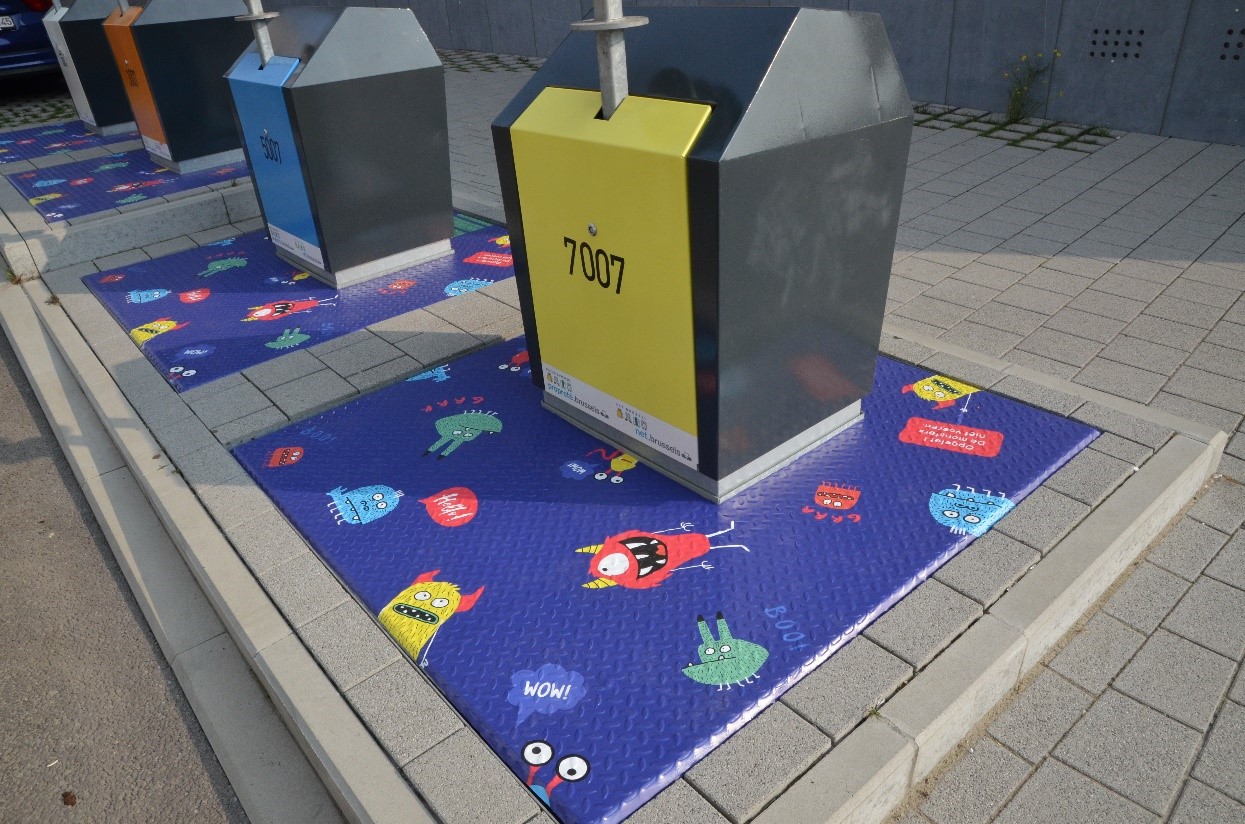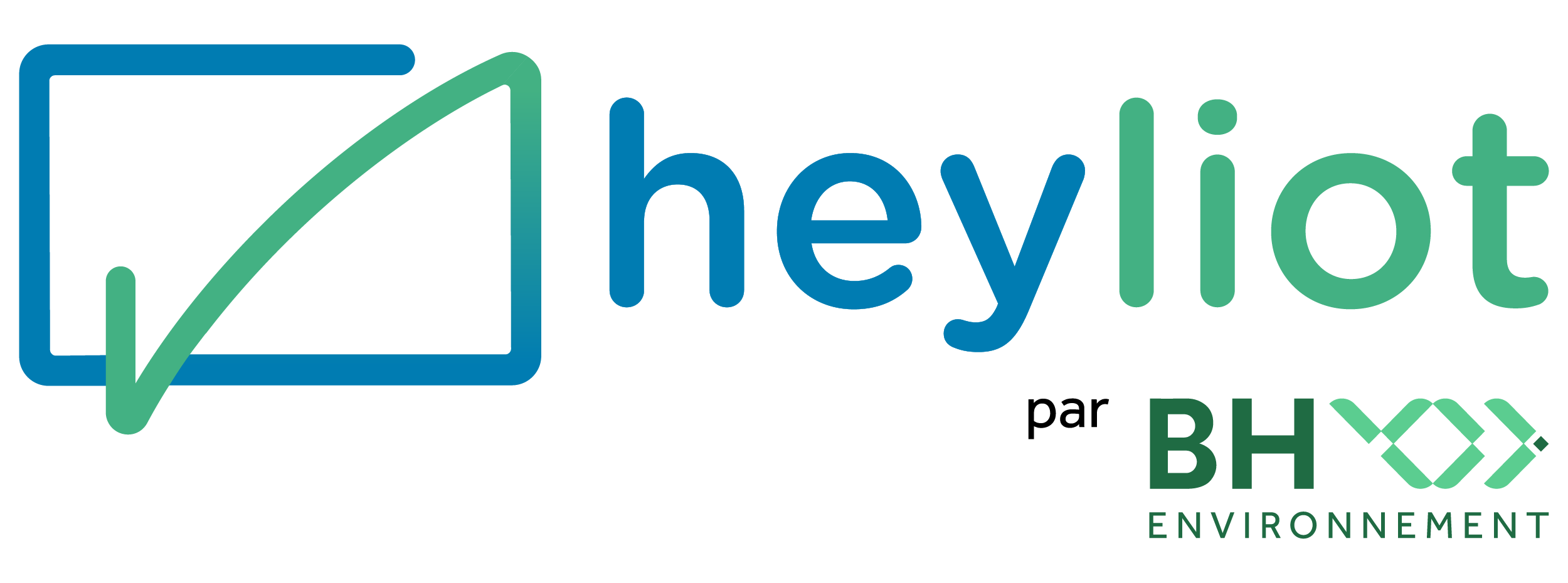Masks, green waste, plastic bags and films, cans, tyres, cigarette butts, etc. 90% of municipalities are concerned by the problem of illegal dumping. It represents 21 kg per inhabitant and costs communities around €60,000, according to Ademe. Cans, cigarette packets and even fridges : in ten years, the amount of waste dumped on verges has tripled. Faced with this scourge, elected officials are looking for effective political solutions : human resources to clean up, mobilisation of the population, a mobile application, etc. The health crisis is leading to a slowdown in activity, but it is not leading to a reduction in illegal dumping, but rather to an increase.
Illegal dumping is omnipresent in all cities
Made up of objects and waste of all kinds (masks, cigarette butts, bin bags, paper, cardboard, etc.), illegal dumping is becoming more and more common in towns and cities. There are three types of illegal dumping : litter on roads, pavements, in ditches or on beaches, litter at the foot of containers or illegal dumps.
In some cities, there are surveillance cameras, specific signs or more regular collection rounds. These solutions make it possible to reduce them but they are still too present. With the arrival of the warm weather, we will be faced with an increase in waste, particularly food packaging, masks, cardboard boxes… but we can avoid leaving them on the ground !
Innovative solutions to avoid these deposits
1. Raise awareness among citizens
Raise awareness among individuals and professionals about the environmental impact and promote mobile applications for reporting illegal dumping. This will allow information to be passed on to the field as quickly as possible and will help those responsible for waste collection. The applications bring together all the actors who are essential to the preservation of the environment : citizens, associations, public authorities and collectors.

2. Increasing and developing waste disposal points
Some municipalities have decided to review their waste disposal points by increasing the number of skips to make them more accessible to all. They have also put in place more precise signage concerning sorting.

3. Install sensor
Equipping containers with a remote reading sensor that measures the level of filling can provide you with several information. Be warned by sms/mail when your bin is full. No more uncontrolled dumping at the foot of your voluntary waste collection points because they are full. This also allows you to plan your rounds according to the frequency of use of the various locations (parks, squares, gathering places, etc.) and the seasonality.
4. Use the nudge technique
The nudge is a concept from the science of individual behaviour that consists of placing visual floors under the waste collection points to encourage users to leave the area clean.

5. Vegetation
It has been proven that heavily vegetated areas are less prone to littering. The presence of vegetation plays a regulating role on stress and therefore tends to reduce acts of vandalism, degradation and pollution.
6. Challenges
Organise and participate in challenges on social networks. There are many initiatives such as the clean walk, corporate challenges, the trashtag challenge, the 10 Waste Challenge, “Clean your km”… They allow both to pick up waste on the ground and to create a certain team cohesion.







![▶ [REPLAY] Heyliot in the Ecosystem show on BSMART](https://www.heyliot.com/wp-content/uploads/2021/11/Article-blog-150x150.png)